The French cellist was captivated by Dutilleux’s 3 Strophes sur le nom de Paul Sacher from the first hearing; and it also provided an opportunity to meet the composer
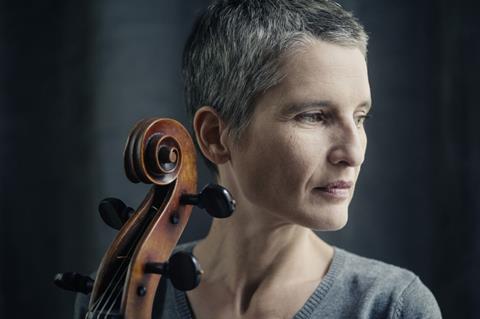
Discover more Featured Stories like this in The Strad Playing Hub.
Read more premium content for subscribers here
Henri Dutilleux’s 3 Strophes sur le nom de Paul Sacher is a work of genius. There’s not a single note that’s unnecessary throughout the composition; unlike in some pieces, every one is essential to the work and has its own meaning. When you look at the score, nearly all the notes are modified in some way, which means you have to be supremely conscientious and honest in your playing. To me, it also means the piece is filled with the spirit of the composer.
I first came across the 3 Strophes when I was 15 and studying with Philippe Muller at the Conservatoire de Paris. I was bowled over when I heard it, and I knew my tutor was very close to Dutilleux himself, so I resolved to learn all three pieces by heart in just seven days! I practised them for the whole week, and then the time came to play them for Philippe; and nine minutes later, when I’d finished, he said: ‘Right, so… do you have another piece to play?’ I was stunned! But some time later he arranged for me to meet with Dutilleux and I played the 3 Strophes for him. He sat there attentively while I played, and then he wanted to discuss the details – which were things like, ‘At this point, the tempo is marked crotchet= 90, but maybe you could try it at 91 or 92!’ He really was incredibly precise, just like the score! But he also said he loved my playing, and a few years later, when I was performing his cello concerto Tout un monde lointain… on a short tour, he came to hear every performance.
In such a short time, the piece creates three completely distinct atmospheres, although in a way they’re mirrors of each other. From the very first note it’s like entering a special world; and that first sustained E flat has so much meaning, it colours the rest of the piece for me. I have to spend a lot of time finding the right sound for that note, with no attack at all. There’s no time to settle into the piece; you just have to be totally focused from the first note onwards.
The difficulty of the piece that first of all it requires such precision, but the right hand also needs to create so many colours and dynamics. Having said that, because everything is spelt out for you in the score, it’s in some way easier to find the meaning inside. It’s very different from playing a Bach Suite, which for me is more difficult because there are no written directions and you just have to work it out for yourself.
Dutilleux also employs scordatura tuning for the 3 Strophes, which was fairly uncommon at the time he was writing. It gives the pieces a very special kind of harmony, and to my mind it changes the whole sound of the instrument. You have to remember that in this piece, it’s not about the cello but about finding something within the instrument that can express this wonderful music. Before a performance I have to get myself in the right frame of mind: to feel full of imagination, visions and colours, before starting to create the special atmosphere.
I always tell my students that this is a very good piece for them to study at least once, because here it’s essential for them to play what they read, not what they feel. So many young players want to go off in their own directions when playing, and the 3 Strophes don’t allow for any of that, as I learnt myself at first hand.
INTERVIEW BY CHRISTIAN LLOYD
Watch: Anne Gastinel performs Korngold’s Cello Concerto
Read: Anne Gastinel: Chopin
Discover more Featured Stories like this in The Strad Playing Hub.
Read more premium content for subscribers here
The number one source for playing and teaching books, guides, CDs, calendars and back issues of the magazine.
In The Best of Technique you’ll discover the top playing tips of the world’s leading string players and teachers. It’s packed full of exercises for students, plus examples from the standard repertoire to show you how to integrate the technique into your playing.
The Strad’s Masterclass series brings together the finest string players with some of the greatest string works ever written. Always one of our most popular sections, Masterclass has been an invaluable aid to aspiring soloists, chamber musicians and string teachers since the 1990s.
The Canada Council of the Arts’ Musical Instrument Bank is 40 years old in 2025. This year’s calendar celebrates some its treasures, including four instruments by Antonio Stradivari and priceless works by Montagnana, Gagliano, Pressenda and David Tecchler.

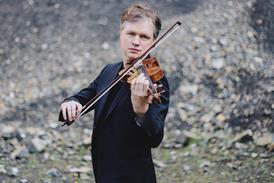



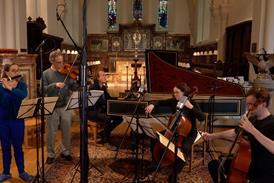



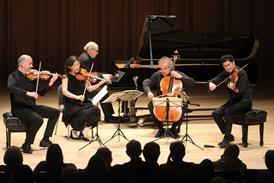
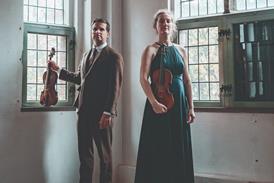

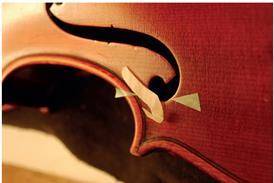
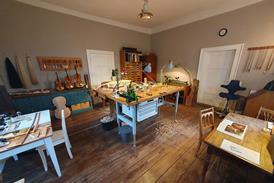
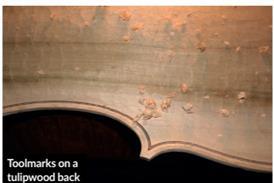
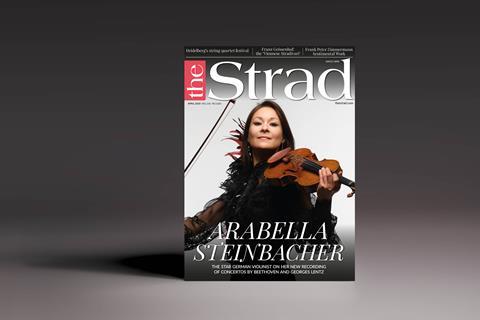
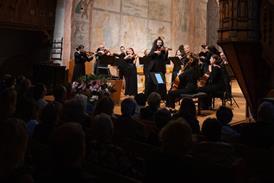

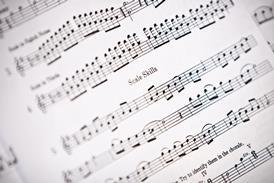
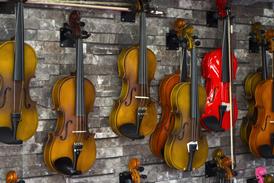
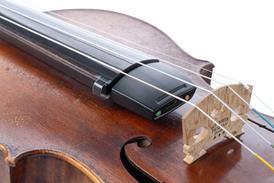
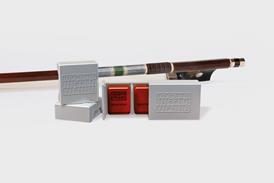
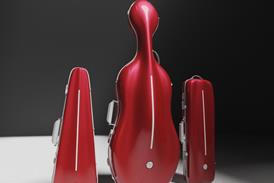
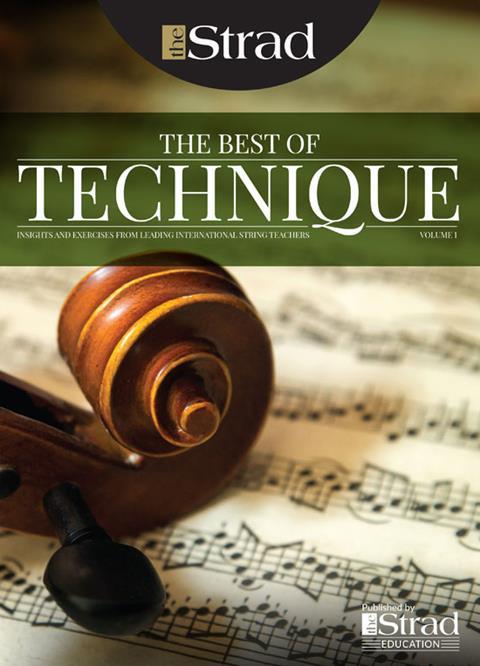
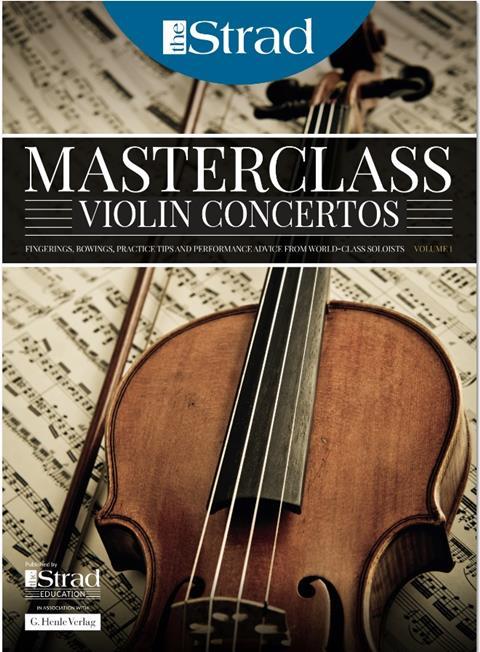
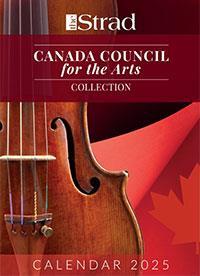












No comments yet